Christof Koch
Dissociating Artificial Intelligence from Artificial Consciousness
Dec 05, 2024Abstract:Developments in machine learning and computing power suggest that artificial general intelligence is within reach. This raises the question of artificial consciousness: if a computer were to be functionally equivalent to a human, being able to do all we do, would it experience sights, sounds, and thoughts, as we do when we are conscious? Answering this question in a principled manner can only be done on the basis of a theory of consciousness that is grounded in phenomenology and that states the necessary and sufficient conditions for any system, evolved or engineered, to support subjective experience. Here we employ Integrated Information Theory (IIT), which provides principled tools to determine whether a system is conscious, to what degree, and the content of its experience. We consider pairs of systems constituted of simple Boolean units, one of which -- a basic stored-program computer -- simulates the other with full functional equivalence. By applying the principles of IIT, we demonstrate that (i) two systems can be functionally equivalent without being phenomenally equivalent, and (ii) that this conclusion is not dependent on the simulated system's function. We further demonstrate that, according to IIT, it is possible for a digital computer to simulate our behavior, possibly even by simulating the neurons in our brain, without replicating our experience. This contrasts sharply with computational functionalism, the thesis that performing computations of the right kind is necessary and sufficient for consciousness.
The Secrets of Salient Object Segmentation
Jun 12, 2014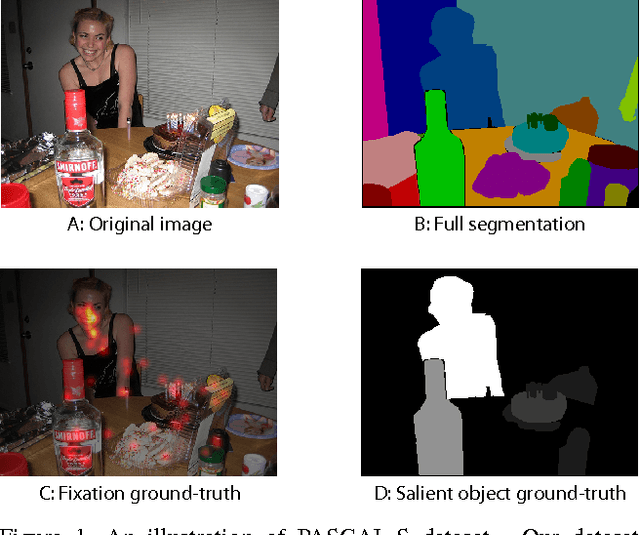
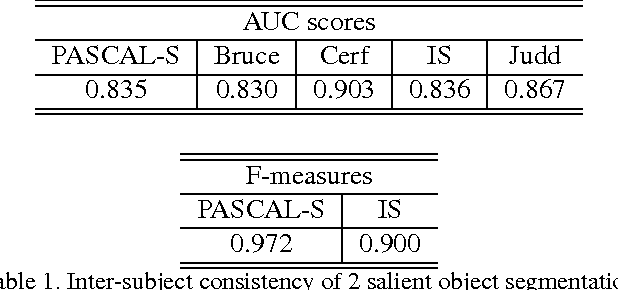

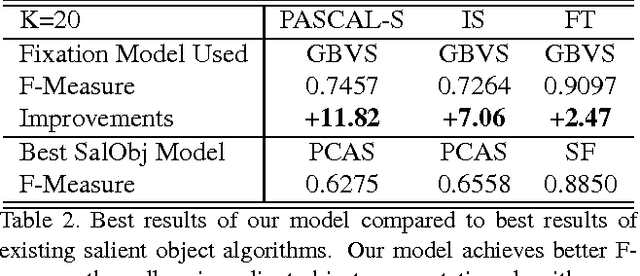
Abstract:In this paper we provide an extensive evaluation of fixation prediction and salient object segmentation algorithms as well as statistics of major datasets. Our analysis identifies serious design flaws of existing salient object benchmarks, called the dataset design bias, by over emphasizing the stereotypical concepts of saliency. The dataset design bias does not only create the discomforting disconnection between fixations and salient object segmentation, but also misleads the algorithm designing. Based on our analysis, we propose a new high quality dataset that offers both fixation and salient object segmentation ground-truth. With fixations and salient object being presented simultaneously, we are able to bridge the gap between fixations and salient objects, and propose a novel method for salient object segmentation. Finally, we report significant benchmark progress on three existing datasets of segmenting salient objects
A Meta-Theory of Boundary Detection Benchmarks
Feb 25, 2013


Abstract:Human labeled datasets, along with their corresponding evaluation algorithms, play an important role in boundary detection. We here present a psychophysical experiment that addresses the reliability of such benchmarks. To find better remedies to evaluate the performance of any boundary detection algorithm, we propose a computational framework to remove inappropriate human labels and estimate the intrinsic properties of boundaries.
Integrated information increases with fitness in the evolution of animats
Oct 03, 2011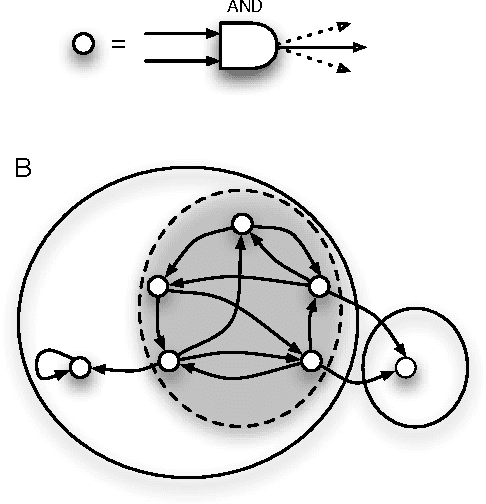

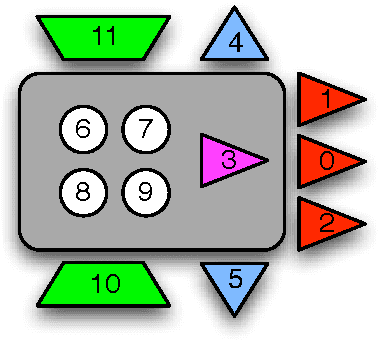
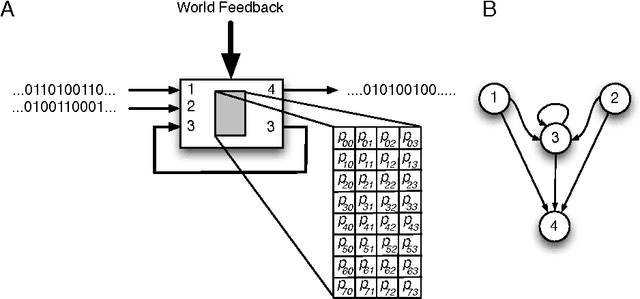
Abstract:One of the hallmarks of biological organisms is their ability to integrate disparate information sources to optimize their behavior in complex environments. How this capability can be quantified and related to the functional complexity of an organism remains a challenging problem, in particular since organismal functional complexity is not well-defined. We present here several candidate measures that quantify information and integration, and study their dependence on fitness as an artificial agent ("animat") evolves over thousands of generations to solve a navigation task in a simple, simulated environment. We compare the ability of these measures to predict high fitness with more conventional information-theoretic processing measures. As the animat adapts by increasing its "fit" to the world, information integration and processing increase commensurately along the evolutionary line of descent. We suggest that the correlation of fitness with information integration and with processing measures implies that high fitness requires both information processing as well as integration, but that information integration may be a better measure when the task requires memory. A correlation of measures of information integration (but also information processing) and fitness strongly suggests that these measures reflect the functional complexity of the animat, and that such measures can be used to quantify functional complexity even in the absence of fitness data.
* 27 pages, 8 figures, one supplementary figure. Three supplementary video files available on request. Version commensurate with published text in PLoS Comput. Biol
 Add to Chrome
Add to Chrome Add to Firefox
Add to Firefox Add to Edge
Add to Edge